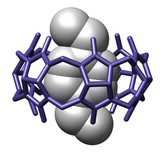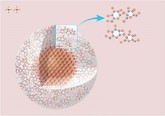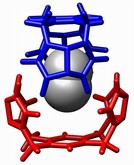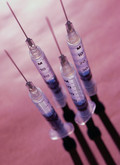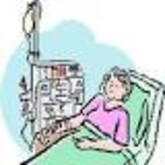Non‐Biological Complex Drugs/Research
|
Posted 03/03/2017
The definition of non-biological complex drugs (NBCDs) is not officially recognized, and there is no corresponding term, in the European Union (EU) pharmaceutical legislation or scientific guidance. Despite this, authors Falk Ehmann and Ruben Pita argue in their personal capacity that the existing EU legislation and guidance is equipped to adequately assess the quality, safety and efficacy, as well as the lifecycle management, of such a group of medicinal products [1]. While agreeing with most of Ehmann and Pita, a number of experts from the Steering Committee members of the NBCD Working Group pointed out that there are still many unknowns when it comes to NBCDs [2].
















